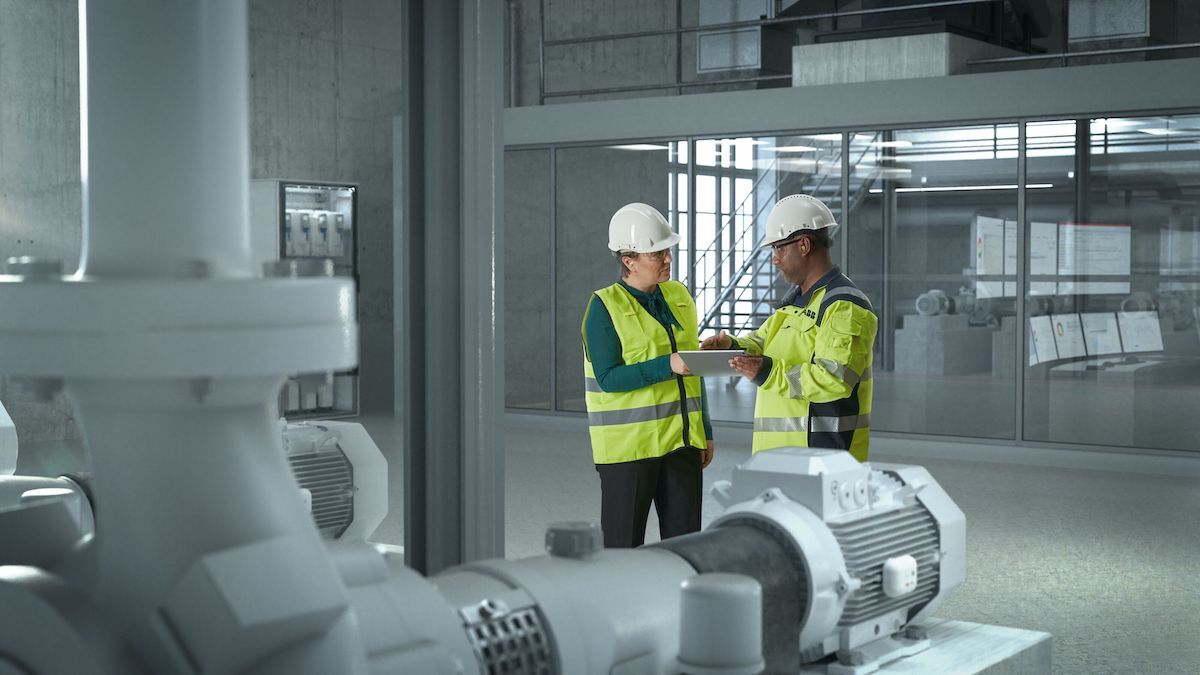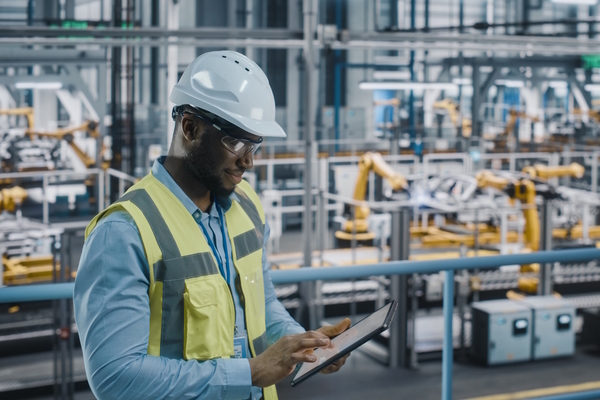How can service partnerships deliver guaranteed business outcomes?
Sponsored by ABB Motion Services
New service models can help industry maximise uptime, extend product life cycles, enhance performance and boost energy efficiency.
Service organisations play a vital role in helping industry to run smoothly, reliably and cost-effectively. However, customers could enjoy better value and more sustainable operations by a shift in focus. Instead of the traditional approach of paying for maintenance, repair and replacement operations, they can adopt outcome-based models for guaranteed uptime or energy savings.
Adopting this business model requires a radical rethink of the usual customer and service partner relationship. In particular, we need to establish a collaborative partnership enabled by digital solutions. That means our customers share their objectives, needs and risks so that ABB can develop the best service regime to support them.
Connectivity is key
The advent of digital connectivity provides the infrastructure that makes it possible to offer guaranteed uptime, performance or even energy efficiency. With the pandemic came a seismic shift in the way that services are provided, as in many cases it was simply not possible to send a team of engineers to site.
There has been a great deal of interest from industrial customers seeking ways to make their operations more robust and reliable. Essentially, they want to protect themselves against the risk of any similar crisis. Implementing remote services is the solution, as it enables remote support for the repair of existing equipment, as well as installation and commissioning. Not only does this ensure business continuity, but it also reduces travel time as well as health and safety risks.
Service partnerships deliver outcome-based business models
Customers can realise many benefits by replacing outdated run-to-failure business models and price-driven, win-lose procurement exercises with trust-based relationships. Their service partner, enabled by digital solutions, is then able to implement a holistic approach to reduce risk, optimise performance and foster innovation. Ultimately, this will also boost sustainability by reducing waste as part of the circular economy and lowering carbon dioxide emissions.
The next step is a new type of service agreement that enables customers to buy agreed levels of uptime, productivity, energy efficiency or some other KPI. We are also seeing the establishment of ecosystems that bring together service providers for the overall success of the customer’s business. They might include insurance companies, financial institutions, and businesses in the cybersecurity, AI and machine-learning fields.
Just one example of an outcome-based business model is a current project for Statkraft, Europe’s largest generator of renewable energy. ABB has been awarded a major turnkey contract to design, manufacture and install two high-inertia synchronous condenser systems for the Lister Drive Greener Grid Park in Liverpool. To ensure round-the-clock availability for this vital system, we have signed a 10-year service contract. In effect, Statkraft is purchasing a guaranteed level of availability or uptime – with maintenance included from ABB.
To offer a guarantee for uptime, we need to monitor our customer’s equipment with our digital solutions and then deliver proactive maintenance to ensure that breakdowns never happen. The benefit is that OEMs like ABB have the in-depth knowledge and expertise in their products. That means they are best placed to optimise the performance and life cycle of their products.
New business models for service are not just about reliability and uptime. They can also enhance sustainability, with energy efficiency being a massive opportunity. Remote monitoring of equipment enables us to see where it is performing well and where it is not as efficient as it could be. For example, electric motors might be uprated to the highest efficiency levels, such as IE5. Inefficient methods of speed control such as throttling might be replaced by variable speed drives that can typically boost energy efficiency by 30 to 50 per cent.
Payback periods for energy efficiency improvements can be as short as one to two years. In some cases, the payback might be five years, which would normally be hard to sell to customers. However, as mentioned previously, we are seeing a greater rethink towards sustainability and carbon neutrality, specifically. With the opportunity to reduce their energy bill and carbon footprint, customers are making investments over much longer periods. Therefore, a five-year payback becomes much less of a barrier.
The establishment of new business models, also known as XaaS (everything as a service), is already well underway in other sectors. The industrial service industry is only at the initial stages, but early adopters are likely to gain an important competitive advantage.
Adrian Guggisberg is Division President of ABB Motion Services.
For more information about ABB Motion Services, visit new.abb.com/service/motion

Business Reporter Team
Most Viewed
23-29 Hendon Lane, London, N3 1RT
23-29 Hendon Lane, London, N3 1RT
020 8349 4363
© 2024, Lyonsdown Limited. Business Reporter® is a registered trademark of Lyonsdown Ltd. VAT registration number: 830519543
Join the Business Reporter community today and get access to all our newsletters, and our full library of talk show episodes
Join the Business Reporter community today and get access to all our newsletters, and our full library of talk show episodes





